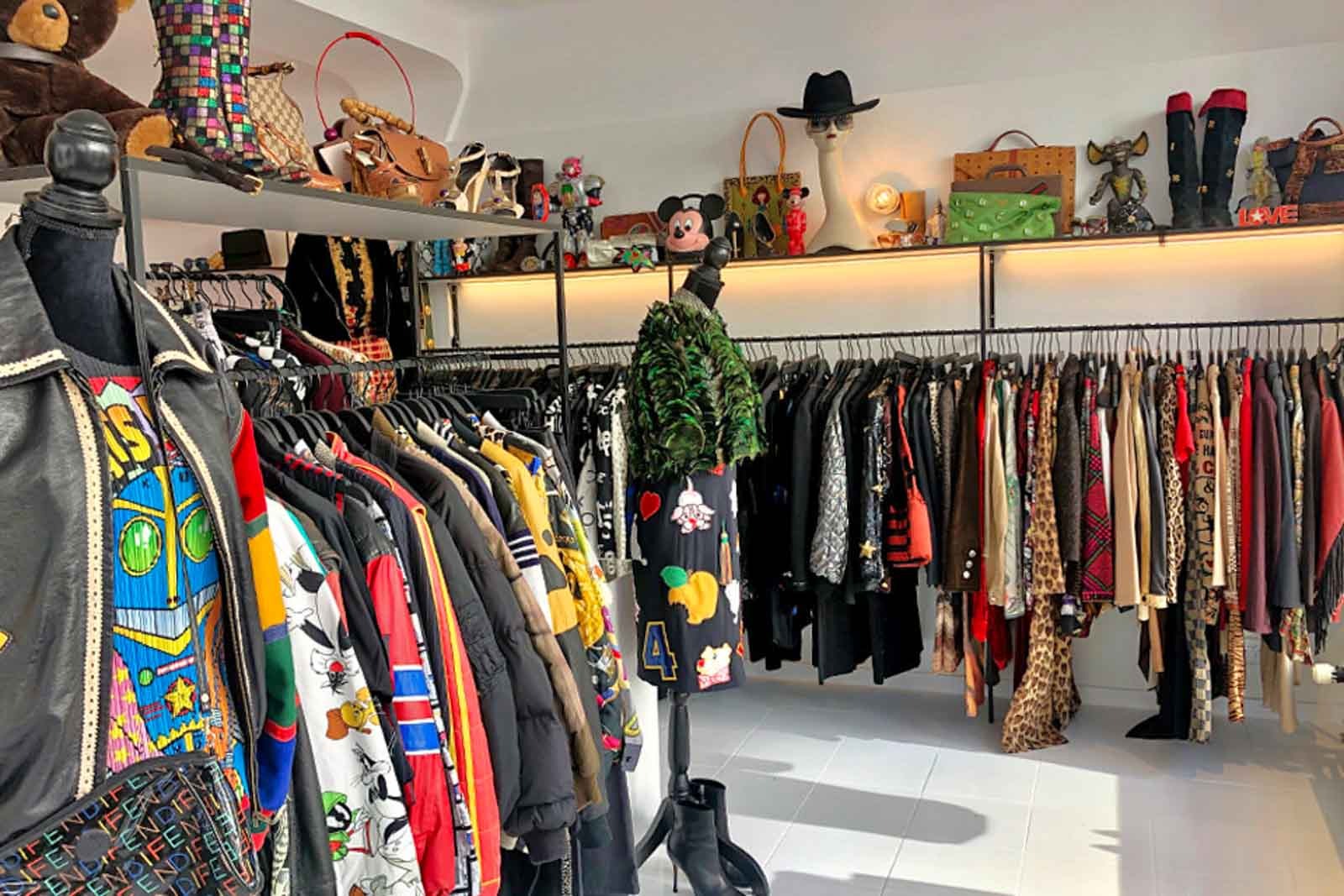
Selling secondhand clothes has become an increasingly popular way to declutter wardrobes, make extra income, and contribute to sustainable fashion practices. Whether you’re looking to part with items you no longer wear or build a small resale business, understanding the ins and outs of secondhand clothes selling can help you succeed. In this blog post, we’ll explore the benefits of selling preloved clothing, tips for preparing your items, and strategies to maximize your profits.
Why Sell Secondhand Clothes?
Environmental Benefits
One of the biggest advantages of selling secondhand clothes is its positive impact on the environment. Fast fashion contributes to pollution, waste, and the exploitation of resources, but by giving old clothes a new life, you’re reducing waste and promoting circular fashion.
Financial Rewards
Selling secondhand clothes can be a lucrative side hustle or even a full-time business. Depending on the quality and brand of the items, you can make a significant profit while clearing out your wardrobe.
Decluttering Your Space
Letting go of clothes you no longer wear helps you create a more organized and functional closet. Selling these items ensures they go to someone who will appreciate and use them.
Preparing Your Clothes for Sale
1. Sort and Select
The first step is to go through your wardrobe and identify items you no longer need or want. Focus on pieces that are in good condition and have resale value. Popular items include branded clothing, vintage pieces, and seasonal wear.
2. Clean and Repair
Buyers are more likely to purchase items that look fresh and presentable. Wash all clothes thoroughly, iron them to remove wrinkles, and make minor repairs if needed. Replace missing buttons or fix small tears to increase the item’s appeal.
3. Take High-Quality Photos
Good presentation is key when selling online. Take clear, well-lit photos of your items from multiple angles. Use a plain background and ensure the colors of the clothing are accurately represented in the images.
4. Write Detailed Descriptions
Provide potential buyers with all the necessary information about the item, including its brand, size, material, and condition. Be honest about any flaws and highlight unique features like embroidery, patterns, or vintage value.
Consignment Stores
If you prefer not to sell online, consider bringing your items to a local consignment store. These shops handle the selling process for you, although they typically take a percentage of the profits.
Garage Sales and Flea Markets
For quick cash and a personal touch, you can sell your clothes at a garage sale or rent a booth at a flea market. This approach works best for lower-priced items.
Tips for Pricing Your Items
Research Market Value
Check online platforms to see how similar items are priced. This will give you a good idea of what buyers are willing to pay.
Be Realistic
While branded and unique pieces can fetch higher prices, common items should be priced affordably to attract buyers. Be flexible with pricing to close deals quickly.
Offer Discounts for Bundles
Encourage buyers to purchase multiple items by offering discounts on bundles. This strategy can help you clear inventory faster while increasing total sales.
Marketing Your Secondhand Clothes
Use Social Media
Promote your listings on platforms like Instagram, TikTok, and Facebook. Create engaging posts and stories showcasing your items and use relevant hashtags to reach a wider audience.
Build a Brand
If you plan to sell regularly, consider branding your shop. Use a consistent aesthetic for your photos, create a catchy name, and interact with followers to build trust and loyalty.
Leverage Word of Mouth
Tell friends, family, and colleagues about your secondhand clothing business. They might become loyal customers or refer others to you.
Selling Strategies for Success
Be Responsive
Quickly reply to messages from potential buyers. Being approachable and helpful can lead to more sales and positive reviews.
Stay Organized
Keep track of your inventory, sales, and expenses. Use spreadsheets or apps to manage your business efficiently.
Offer Excellent Customer Service
Go the extra mile to ensure buyers are satisfied with their purchases. Package items neatly, ship promptly, and follow up to confirm delivery.
Challenges in Selling Secondhand Clothes
Competition
The secondhand market is growing rapidly, and competition can be tough. Focus on providing quality items and excellent service to stand out.
Time-Consuming
From photographing clothes to shipping orders, selling secondhand items requires effort and time. Streamline your processes to make the experience more manageable.
Fluctuating Demand
Some items may take longer to sell than others, especially if they’re out of season. Be patient and adjust your pricing or marketing strategies if needed.
Conclusion
Selling secondhand clothes is a rewarding endeavor that benefits both your wallet and the planet. With the right preparation, pricing, and marketing, you can turn your unwanted wardrobe into a profitable venture. Whether you sell online or locally, the key is to stay organized, provide excellent customer service, and adapt to market trends. So, start decluttering and give your clothes a second chance to shine!





